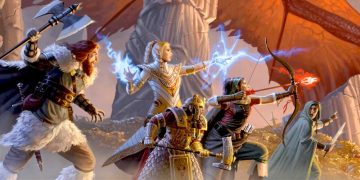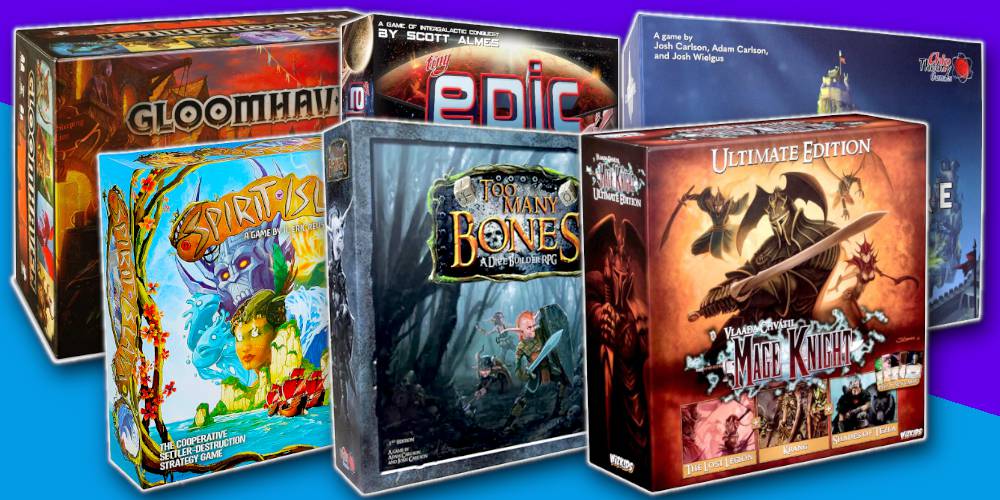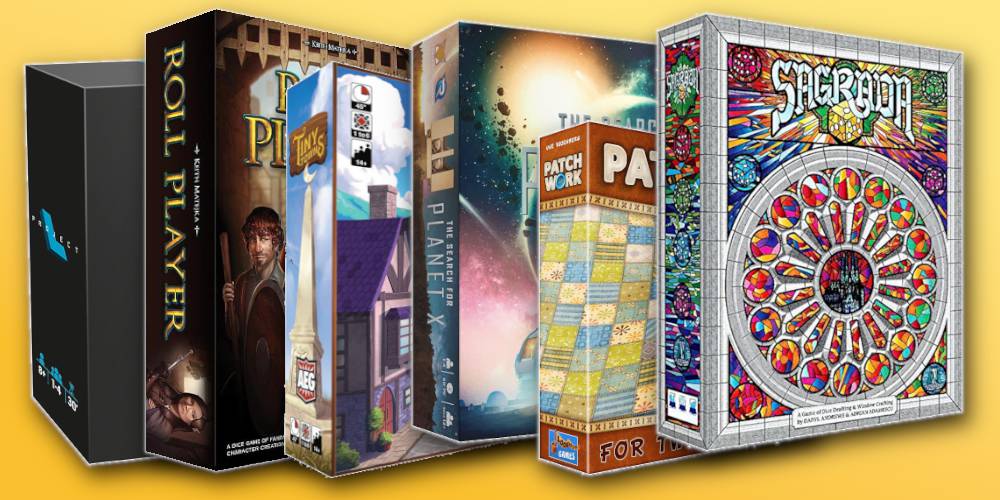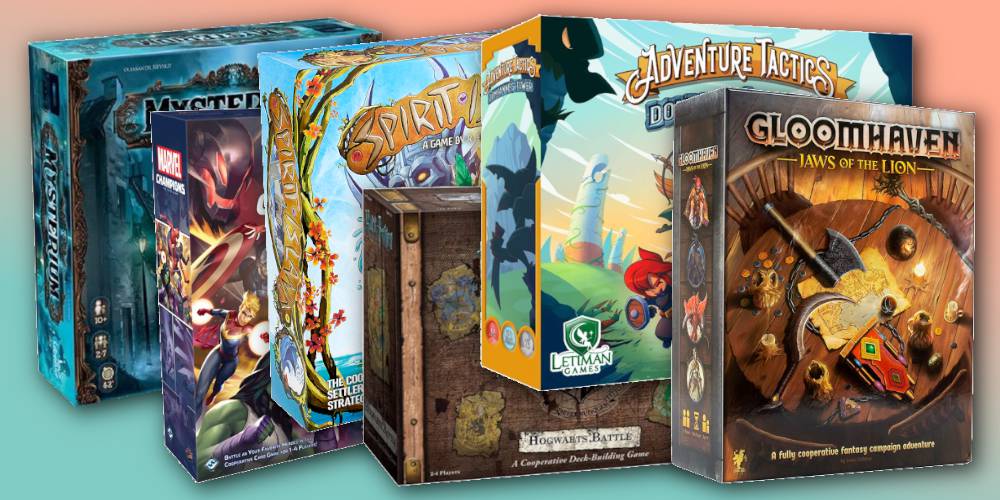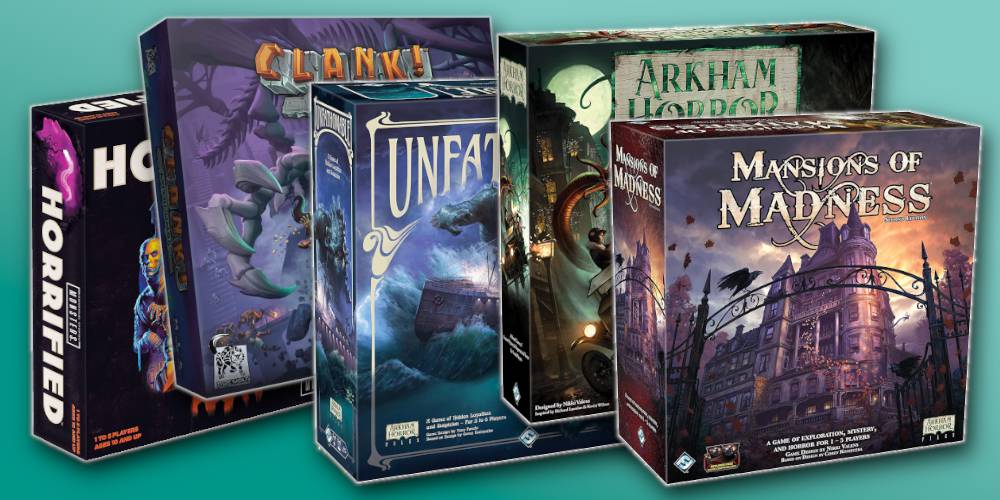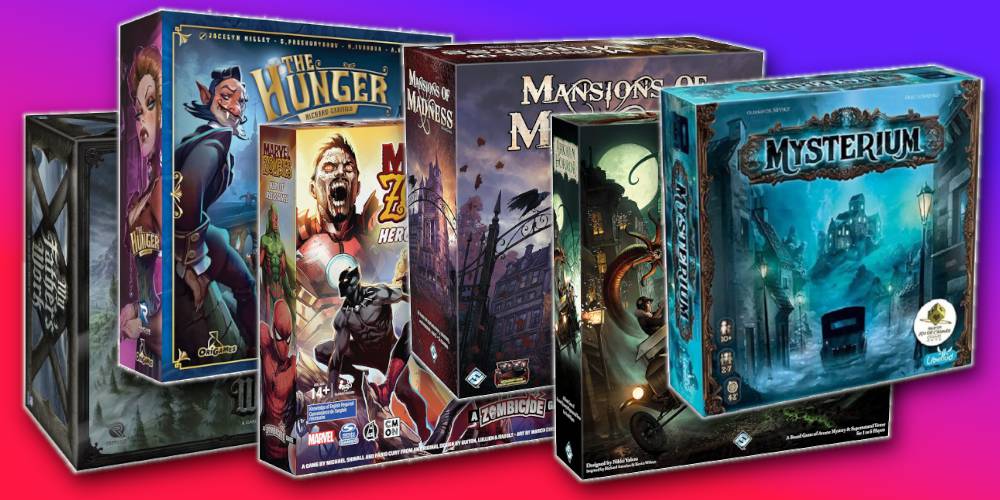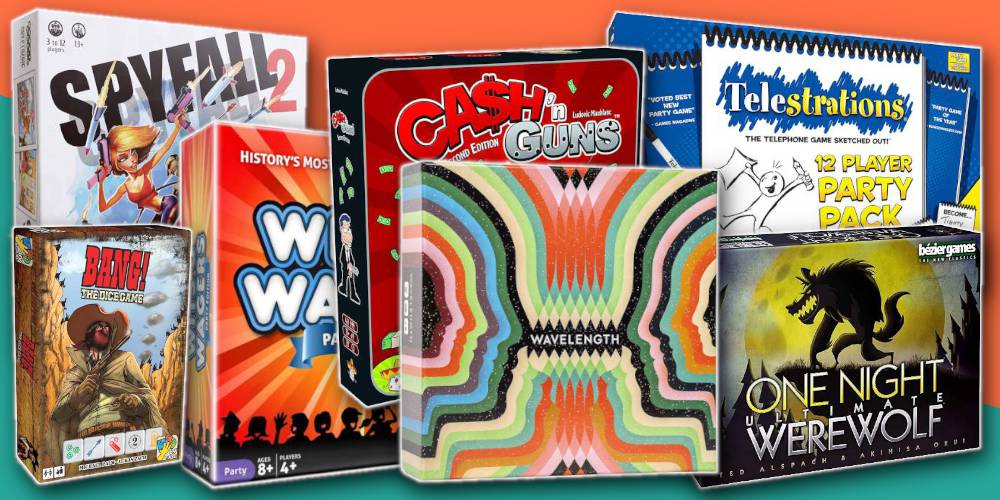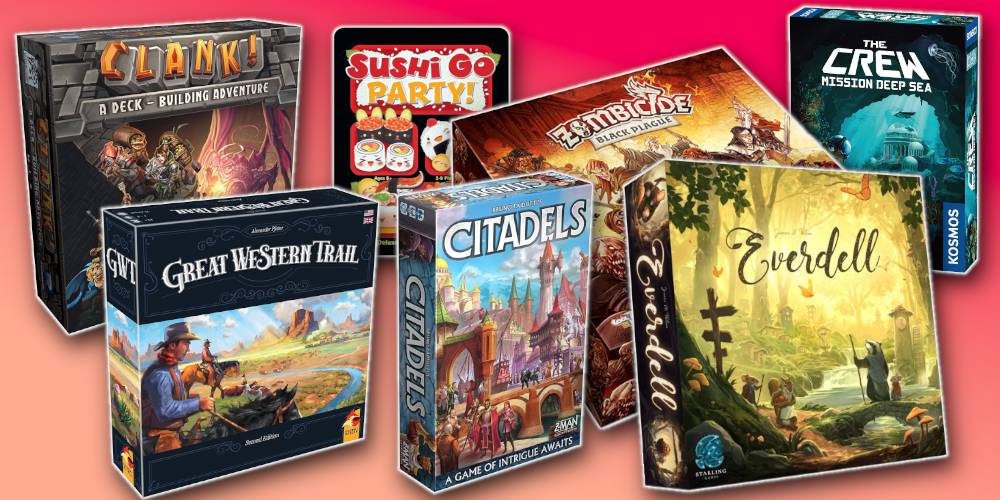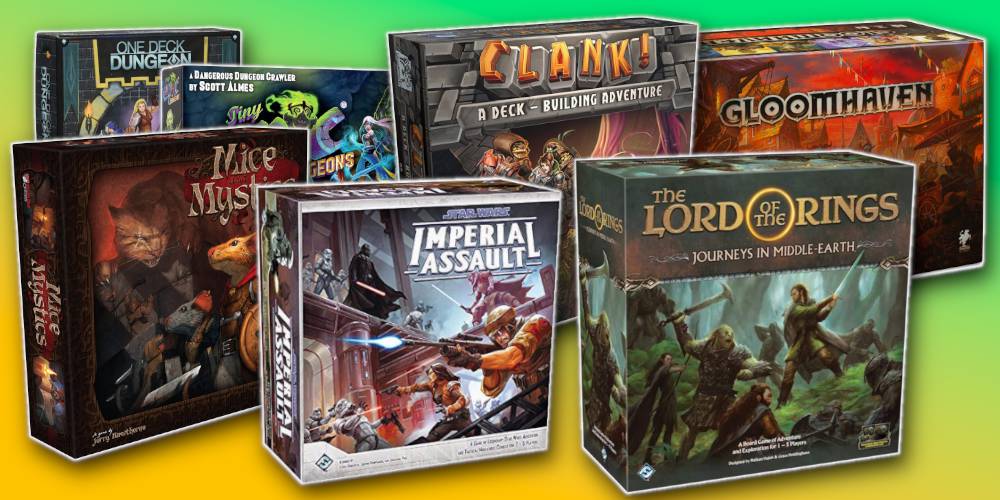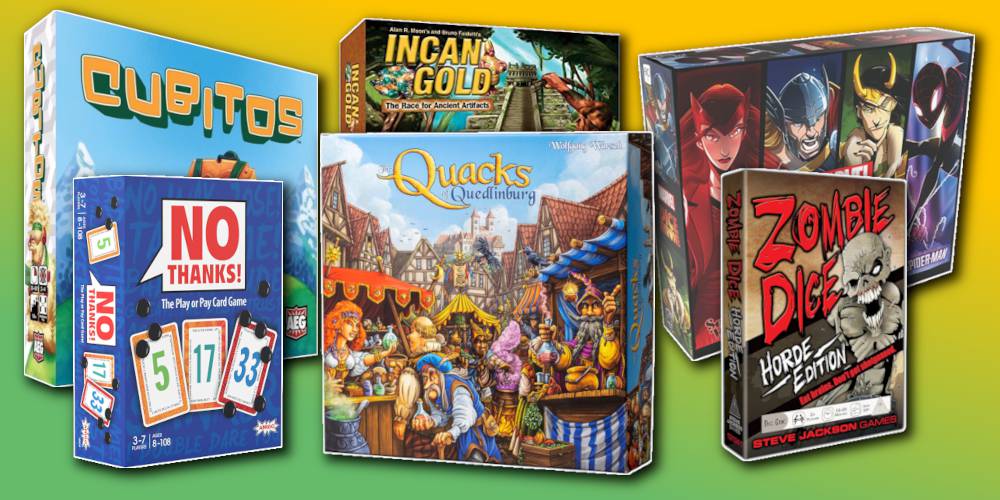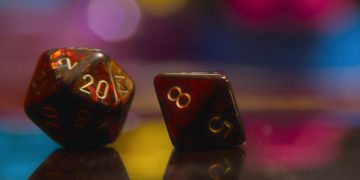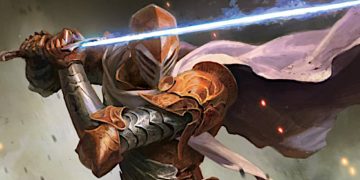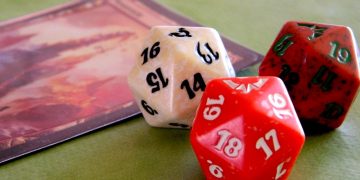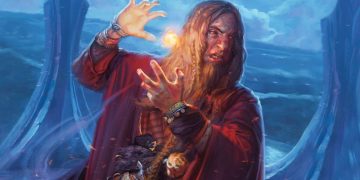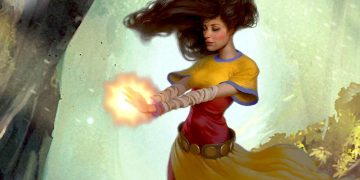1. Heat Metal
Heat Metal sounds pretty straightforward the first time you read it. You can make a metal object glow red-hot. Big deal, right?
Well, the thing about Heat Metal is that it can have different effects depending on what you cast it on—and with its 60-foot casting range, you have a lot of options.
Cast it on the Big Bad’s wielded sword and they’ll either have to drop the weapon or continue suffering damage every turn. And the damage from Heat Metal can’t be halved with a saving throw!
If you want to inflict damage without any chance of the target dropping their weapon, you can instead cast Heat Metal on their armor (which usually can’t be taken off quickly during combat).
Not only will they continue to take Heat Metal damage, but they’ll also get Disadvantage on all attack rolls and ability checks!
Related:D&D 5e Warlock guide for beginners
2. Plant Growth
Plant Growth is one of the more situational D&D 5e spells because it needs to be case in an area with lots of natural plants. That rules out most cities, most indoor or underground locations, and anywhere that’s a desert, tundra, or similarly barren.
But when youareable to cast it—which should often be true when you’re traveling from location to location—you can use it to effectively lock non-flying enemies in position. (They’ll need to spend 20 movement per 5-foot cell.)
Combine that with a bit of teamwork to take down enemies with ease. Area spells are more potent because they can catch most (or all) targets, and spells like Erupting Earth and Spiritual Guardians (which do damage over time as long as enemies are within range) pair well with Plant Growth.
And since you can exclude your party from getting caught up in the overgrowth, Plant Growth can be used as an escape spell. Being chased down by pursuers? Trip them up and get away.
Related:D&D 5e Druid Guide for Beginners
3. Thunder Step
Thunder Step is published in Xanathar’s Guide to Everything.
For D&D spellcasters, having ways to get out of dangerous situations is an important part of surviving adventures. After all, you have limited health, fragile armor, and not many defensive skills.
That’s where a spell like Thunder Step comes in. It’s basically a beefed up version of Misty Step with longer range, a way to inflict damage, and the ability to bring someone with you. Whereas Misty Step costs 1 Bonus Action, Thunder Step costs 1 Action.
Thunder Step isn’t just a way to get yourself out of danger—you can use it to save one of your teammates. Dimension Door can do the same thing (i.e. bring someone with you), but Thunder Step has the extra feature of leaving thunderous pain in your wake.
If you need a mobility spell with lots of style, get Thunder Step!
Related:Interesting homebrew D&D classes worth trying
4. Modify Memory
Modify Memory has a lot of spell text, but a lot of players immediately assume it’s a pretty straightforward spell: you charm the target, play with its memories, and then it’s done. But there’s some interesting stuff you can do with Modify Memory!
Casting it on a creature within range allows you to completely change the target’s perception of a recent event. Don’t want an NPC to remember the conversation you just had? Erase it from their mind—or better yet, alter it so that it’s more in your favor.
At first, Modify Memory can only be used to affect memories from the past 24 hours. But once you start using Modify Memory with higher-level spell slots, you can alter memories from further and further in the past—up to 7 days ago (6th level), 30 days ago (7th level), 1 year ago (8th level), any time in the target’s past (9th level).
These memory modifications don’t have much use in combat, but they can be insanely useful for negotiations, for gradually influencing a target’s behavior, or for “rewinding” an event that didn’t go your way.
As long as the modified memory is plausible and realistic, it will become the target’s new truth. Imagine how powerful that can be.
Read next:What D&D class should I play? Explained



![]()
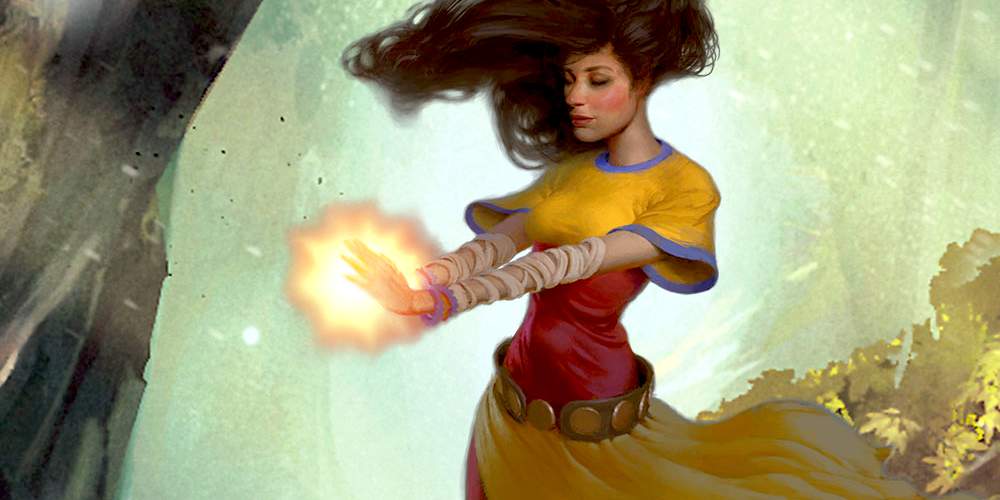


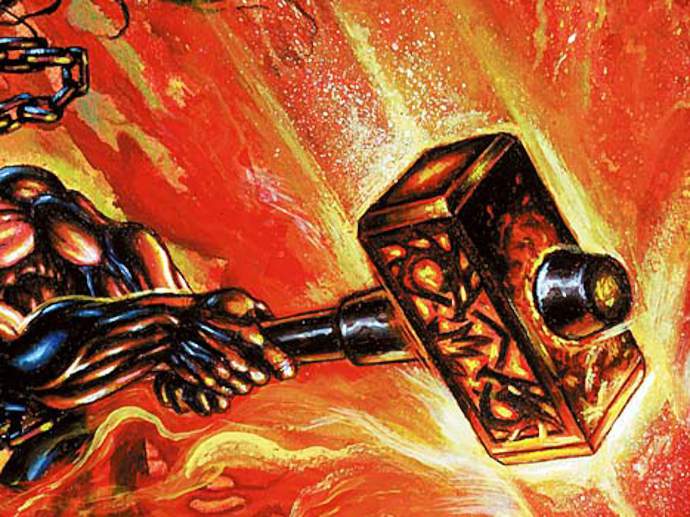
Image credit:Hammer of Bogardan
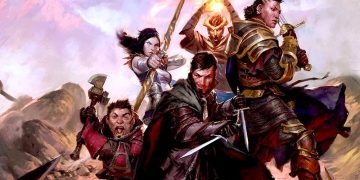
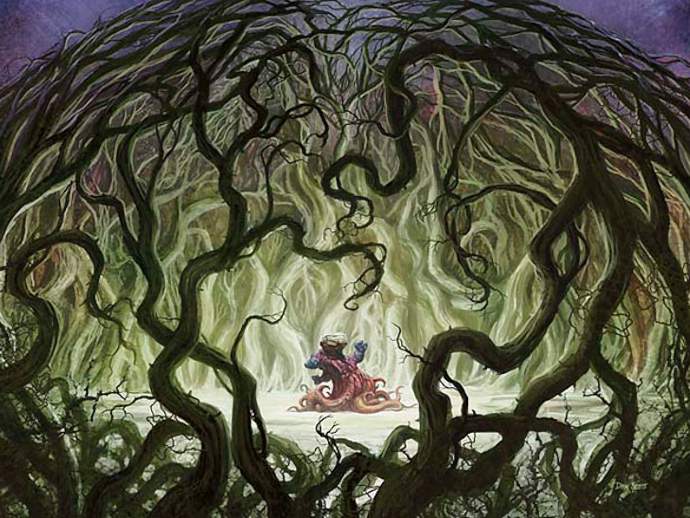
Image credit:Growth Spasm

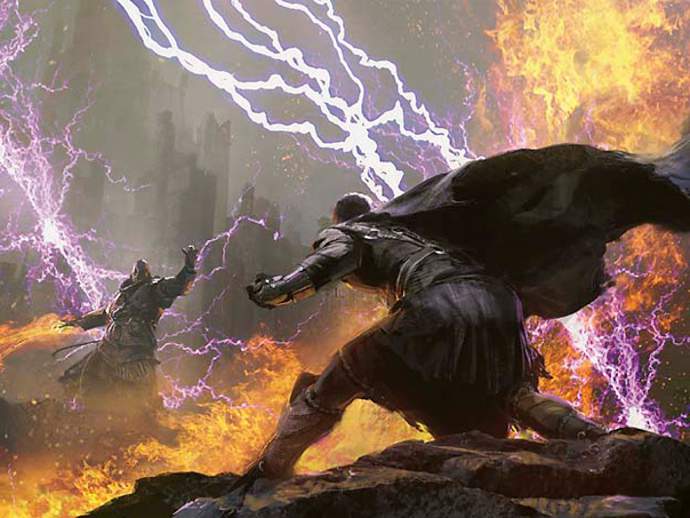
Image credit:Arcane Melee
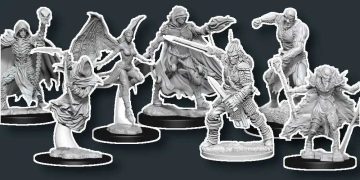
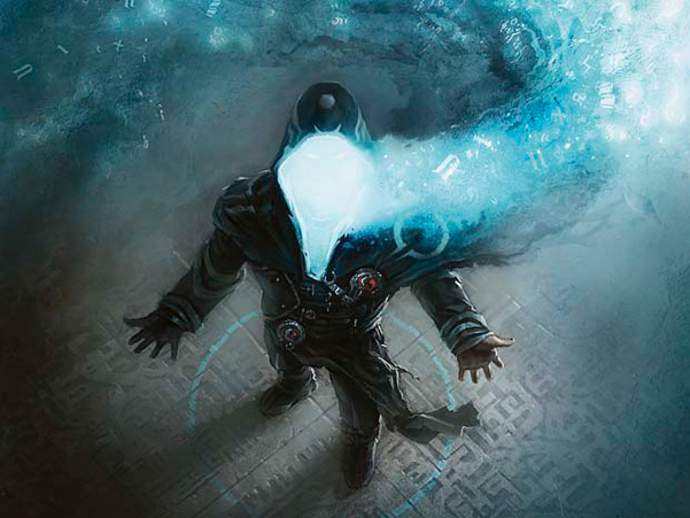
Image credit:Selective Memory
